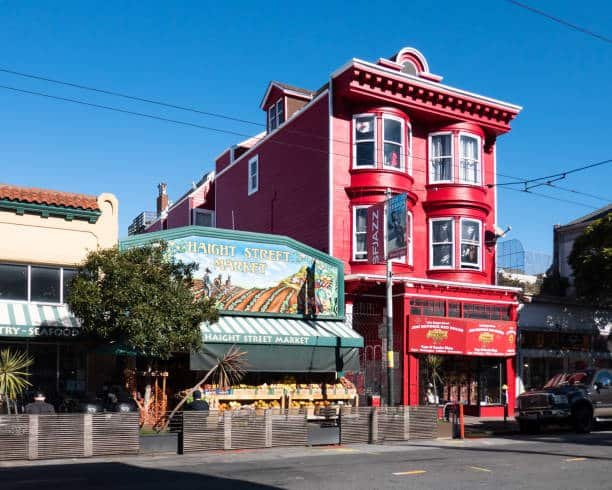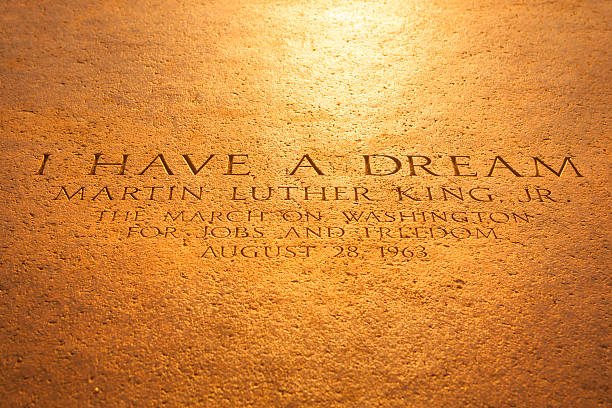The Most Iconic Concerts in US History
Concerts have always been a reflection of culture, passion, and the times they occurred in. Throughout the history of music in the United States, certain concerts have stood out not just for the performances themselves but for the profound impact they had on music history, social movements, and popular culture. From groundbreaking rock shows to political protests, these iconic events have become symbolic milestones in the music world. Let’s take a look at some of the most unforgettable Iconic Concerts in US History.
Iconic Concerts in US History
1. Woodstock (1969)
Woodstock, held in Bethel, New York, in August 1969, is arguably the most iconic concert in U.S. history. Initially planned as a music festival, it became a symbol of the counterculture movement and the spirit of the 1960s. With performances by Jimi Hendrix, Janis Joplin, The Who, and more, Woodstock attracted an estimated 400,000 attendees. Despite poor weather and logistical chaos, the event captured the essence of peace, love, and music, leaving a lasting legacy in the music and cultural landscape.
2. The Beatles at Shea Stadium (1965)
The Beatles’ performance at Shea Stadium in New York in 1965 is often remembered as one of the most significant concerts in rock history. It marked the peak of Beatlemania, with over 55,000 fans in attendance. The concert was a turning point, showcasing the Beatles’ overwhelming popularity and solidifying their status as the biggest band in the world. It was also one of the first major stadium concerts in history, setting a new precedent for large-scale live performances.
3. Jimi Hendrix at Monterey Pop Festival (1967)
The Monterey Pop Festival in 1967 was one of the first major music festivals in the U.S., and Jimi Hendrix’s performance remains one of the most unforgettable moments in music history. Hendrix famously set his guitar on fire during his rendition of “Wild Thing,” creating a spectacle that would become an indelible image in rock lore. His performance was a powerful statement of creativity, rebellion, and musical innovation.

4. Nirvana at the MTV Unplugged (1993)
Nirvana’s MTV Unplugged concert in 1993 was a raw, emotional, and stripped-back performance that marked the band’s last televised show before Kurt Cobain’s tragic death. The performance, which included acoustic versions of the band’s biggest hits as well as a poignant cover of David Bowie’s “The Man Who Sold the World,” is remembered for its vulnerability, reflecting the band’s internal struggles. It remains a haunting and beautiful tribute to the band’s legacy.
5. Live Aid (1985)
Live Aid, a benefit concert held on July 13, 1985, was broadcast live across the globe, raising millions of dollars for famine relief in Ethiopia. Organized by Bob Geldof and Midge Ure, the event featured performances by iconic artists like Queen, Led Zeppelin, U2, David Bowie, and others. Queen’s performance at Live Aid is often cited as one of the greatest live shows in history, with Freddie Mercury’s electrifying stage presence captivating the global audience. The concert was not only a musical milestone but also a turning point in using entertainment for humanitarian causes.
6. Martin Luther King Jr. at the Lincoln Memorial (1963)
While not a traditional music concert, Dr. Martin Luther King Jr.’s “I Have a Dream” speech during the March on Washington in 1963 featured performances by artists like Mahalia Jackson and Peter, Paul, and Mary. This gathering was a defining moment in the Civil Rights Movement, and the music played a crucial role in uniting and inspiring the crowd. The combination of music and speech created a powerful atmosphere of hope, unity, and social change.

7. The Rolling Stones at Altamont (1969)
The Altamont Free Concert, held in December 1969, was supposed to be a west coast answer to Woodstock but ended in chaos and tragedy. The concert, headlined by The Rolling Stones, was marred by violence and the death of a fan, captured on film in the documentary Gimme Shelter. Despite its dark legacy, the concert is remembered for its historical significance in the turbulent 1960s and for the role it played in ending the idealism of the era.
Conclusion
The concerts mentioned above represent pivotal moments in U.S. history where music intersected with culture, politics, and social change. From Woodstock’s free-spirited counterculture to Live Aid’s global humanitarian effort, these performances have transcended their original contexts to become part of the larger fabric of American and global history. Music continues to be a force that shapes society and leaves an indelible mark on generations.
Also Read : Top 10 Video Games For Maximum Fun!
Frequently Asked Questions (FAQs)
- What was the significance of Woodstock in 1969?
Woodstock became a symbol of the counterculture movement of the 1960s. It promoted peace, love, and unity, and the music festival was a defining moment in music history. - Why is The Beatles’ Shea Stadium concert so iconic?
The Beatles’ performance at Shea Stadium in 1965 marked a new era in rock concerts. It was one of the first major stadium concerts and showcased the global phenomenon of Beatlemania. - What made Jimi Hendrix’s performance at Monterey Pop Festival special?
Jimi Hendrix’s performance at Monterey Pop in 1967 included his famous guitar-burning moment and showed his creativity and stage presence, cementing his legacy as a rock icon. - What was the impact of Nirvana’s MTV Unplugged concert?
Nirvana’s MTV Unplugged concert in 1993 was a poignant performance, showcasing the band’s vulnerability. It became a defining moment of the grunge era and remains a tribute to Kurt Cobain’s legacy. - What happened at the Altamont Free Concert in 1969?
The Altamont Free Concert, meant to replicate Woodstock, ended in tragedy with violence and the death of a fan. It marked the end of the idealistic 1960s and the loss of innocence for the counterculture movement.